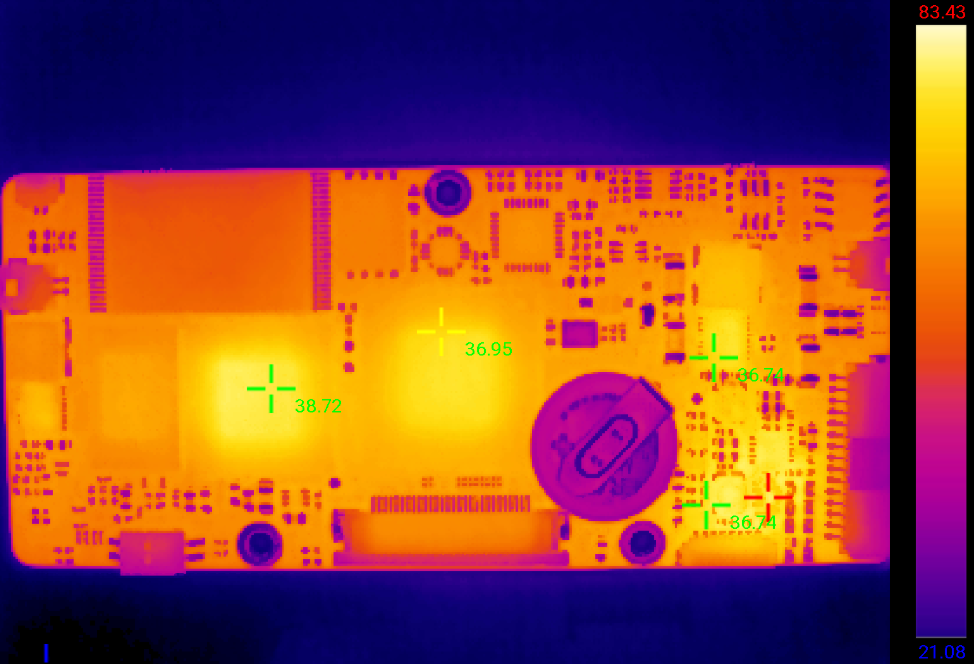When you mention infrared thermal imagers, do you think of those scenes in movies? In fact, infrared thermal imagers are not just exclusive tools for agents. In the industrial field, especially in the detection of electronic circuit boards, it can show its prowess!
Why use infrared thermal imagers for electronic circuit board detection?
So why do we use infrared thermal imagers for electronic circuit board detection? The answer is simple - efficiency and accuracy. Imagine how time-consuming and labor-intensive it would be if you needed to manually check every circuit connection point. Infrared thermal imagers can scan the entire circuit board in a few seconds and immediately display any possible problem areas.

For example, a problematic resistor may heat up above the normal operating temperature, which will be particularly obvious on an infrared image. For another example, the temperature difference caused by different currents passing through different components can also help engineers quickly locate faults. Therefore, using infrared thermal imagers not only saves time, but also improves the accuracy of detection.
How infrared thermal imagers work
Next, let's take a deeper look at how infrared thermal imagers work. The core of an infrared thermal imager is a sensor that can detect infrared radiation, also known as a focal plane array sensor. This sensor can capture infrared radiation emitted from the surface of an object and convert it into electrical signals.
After processing, these electrical signals are converted into images and displayed on the screen. Different colors on the image represent different temperatures on the surface of the object. Generally, red and yellow represent high temperature areas, while blue and green represent low temperature areas.
Specific application scenarios
After talking about so much theoretical knowledge, you may be more concerned about practical applications. What are the specific uses of infrared thermal imagers in electronic circuit board inspection? Let's take a closer look at several application scenarios.
Quick troubleshooting
When an unexplained failure occurs on the production line, the infrared thermal imager can quickly scan the entire circuit board to find the area with abnormal temperature. This can greatly shorten the troubleshooting time and greatly improve production efficiency.
Product quality monitoring
In the mass production process, product quality monitoring is crucial. By regularly using infrared thermal imagers to scan the produced circuit boards, potential quality problems can be discovered and corrected in time to ensure product consistency and reliability.
Preventive maintenance
Infrared thermal imagers can also be used for preventive maintenance. When some components on the circuit board begin to overheat slightly, although it has not yet caused a failure, it is a potential risk. By discovering these problems in advance, appropriate measures can be taken to avoid more serious failures.
Conclusion
The application prospects of infrared thermal imagers in electronic circuit board inspection are very broad. It not only improves the efficiency and accuracy of inspection, but also helps engineers to find potential problems early and reduce the occurrence of failures. Whether in rapid troubleshooting, product quality monitoring or preventive maintenance, infrared thermal imagers have shown their unique advantages.


